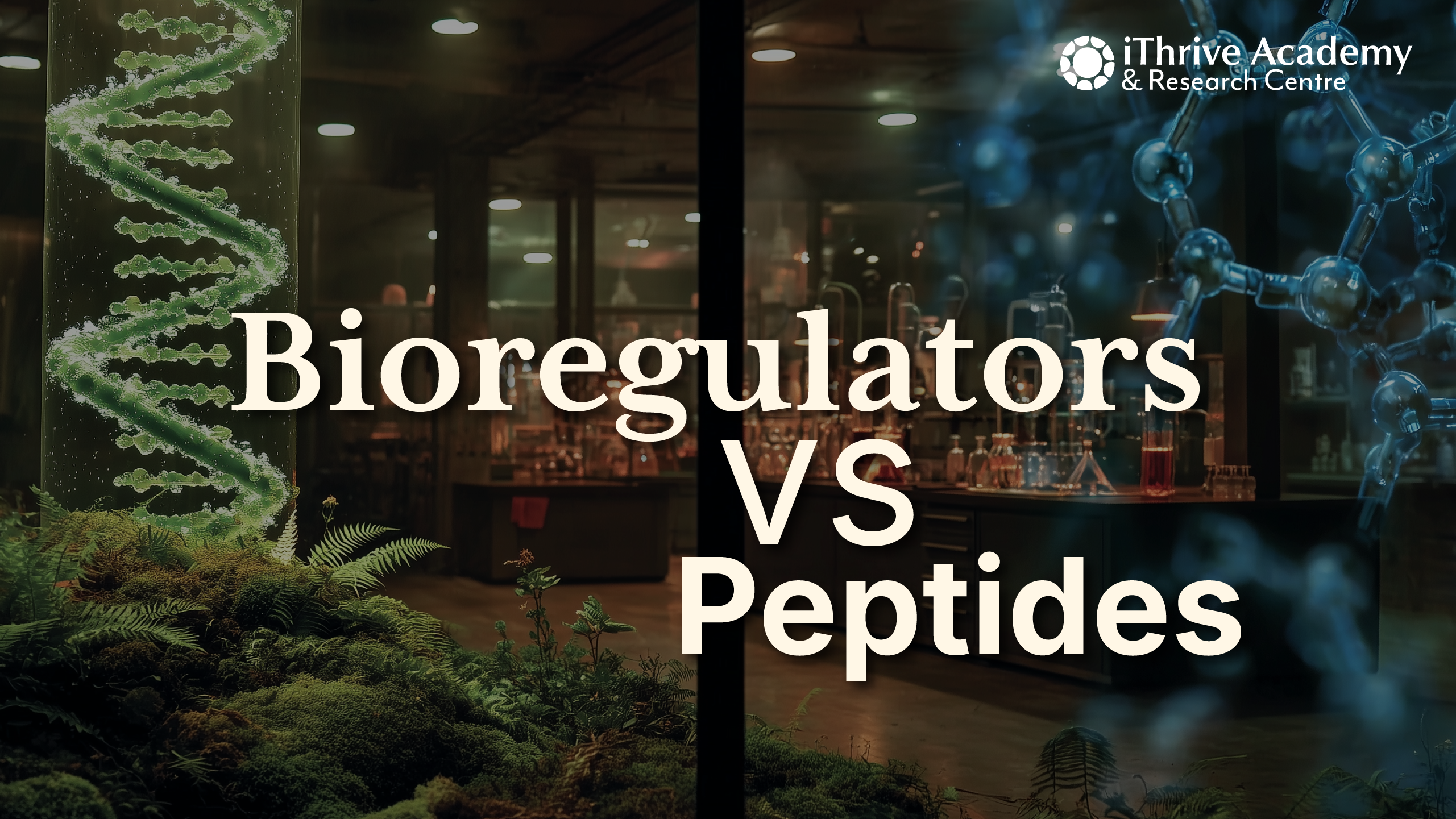Imagine you wake up, grab your phone, and spend the next 12 hours bathed in its glow. Sound familiar? Well, the average person now spends over 7 hours daily staring at screens, unknowingly exposing themselves to a hidden danger that's rewiring their brain and aging their skin at an alarming rate.
That invisible enemy? Blue light.
While you've been scrolling, liking, and binge-watching, this seemingly harmless light has been silently wreaking havoc on your body. Recent studies reveal a shocking truth: 6.5% of the global population now suffers from psychiatric disorders linked to excessive screen exposure, with the number skyrocketing to 23.3% among young people.3 But the damage doesn't stop at your mental health. Dermatologists are now reporting a surge in premature aging, dark spots, and skin damage directly tied to blue light exposure.
The most terrifying part? Most people have no idea it's happening.
But, what exactly is blue light and how is it damaging your skin silently? Without further ado let’s air the oxymoron with another scroll.
What Is Blue Light?
The lights we see are an amalgamation of different wavelengths. Blue light has a wavelength of 400–490 nanometers. The visible spectrum of light is created by including red, orange, yellow, green, blue, indigo, and violet colors.1 It is the shortest wavelength and highest energy within the visible spectrum. It does occur naturally but it is also emitted by artificial sources like digital screens and LED lights. Blue light penetrates the skin more deeply than UVB but not as deeply as UVA. It can reach the dermis, where it may contribute to oxidative stress. Concerns came to light during the time of Covid 19 when people kept themselves occupied with some sort of digital device. The growing concern increased with the proximity of the screen and more long exposures. Let’s see how it damages your skin and what can be done to undo the effects.
Blue Light vs. UV Rays: Unveiling the Hidden Risks to Your Health
When discussing skin health, UV rays often dominate the conversation. However, with the rise in screen time and artificial lighting, it's essential to consider the effects of blue light as well. Ultraviolet (UV) light is a type of electromagnetic radiation with wavelengths between 100–400 nanometers (nm), shorter than visible light but longer than X-rays. It is invisible to the human eye and is naturally emitted by the sun.
UV light is more harmful due to its ability to cause direct DNA damage, leading to sunburn, increased risk of skin cancer, and premature aging. In contrast, blue light, a high-energy visible (HEV) light with wavelengths between 400–500 nm, is less understood but still poses potential risks.
.webp)
How Do You Know Blue Light Has Damaged Your Skin?
The harm done by blue light is not that immediately noticeable. The damages are cumulative and occur over time. In some cases, it even takes years to reveal the skin damage. It includes the appearance of fine lines, wrinkles, and premature skin aging. Whereas, blue light-induced pigmentation can be more visibly noticeable. Researchers discovered that blue light irradiation produced more persistent hyperpigmentation than UVA radiation. If you are witnessing persistent and sudden development of dark spots or uneven tone on your face, this can be a result of the blue rays.
How Can You Reduce Blue Light Exposure?
.webp)
Blue lights and screens have become a big part of our daily routine. Hence, it is time to adopt protective measures to safeguard our skin. Here are some things you can follow to reduce blue light exposure-
1. Wear blue light-blocking glasses: These help reduce the exposure to blue light, especially when you are sitting in front of your screen for long hours doing work, attending meetings, watching movies, and more.
2. Night mode: To reduce the emission of blue light, you can just follow the simple step of switching your computer, smartphone, and other devices to night mode.
3. Make your skincare routine antioxidant pro: Antioxidants like ferulic acid, niacinamide, vitamin C, and vitamin E aid in scavenging free radicals produced by exposure to blue light. You can strengthen your skin's defenses by using organic and harmful chemical-free moisturizers or serums that contain these components.
4. Practice digital detox: You can regularly disconnect from digital devices to reduce overall blue light exposure and also promote better sleep and skin.
5. Wear protective clothing: If you spend a lot of time in front of a screen, you should consider wearing clothes that cover more skin, especially your arms.
6. Software: To protect your eyes from blue light without using physical filters, consider installing software like f.lux or Iris. f.lux automatically adjusts your screen's color temperature based on your location and time of day, reducing blue light exposure during the evening to help improve sleep quality and reduce eye strain. Both tools are available for multiple platforms and can be a valuable addition to your digital health toolkit.
Can Red Light Therapy Help With Blue Light Damage?
.webp)
Yes, Red light therapy is a non-invasive treatment that stimulates the healing process in the body by using low levels of red or near-infrared light, which works in contrast with UV rays. In the therapy wavelengths between 620nm and 850nm are emitted, which helps in penetrating the skin and supports the production of antioxidants. The wavelength results in reduced inflammation alleviates pain, and accelerates the healing of injuries by helping the cells to repair themselves.
Red light therapy helps in reducing the effects of blue light by improving skin elasticity, minimizing the appearance of wrinkles, enhancing blood circulation, and accelerating wound healing. Healray provided by iThrive helps in muscle relaxation and enhances sleep quality. An individual can use it regularly for up to 20 minutes daily and it will lead to long and short-term benefits.
Conclusion
In this digital age, long exposure to blue light from screens and artificial light has given birth to new skin health concerns. While UV light is recognized for its dangerous effects, blue light has proven to be of concern in the long run like wrinkles, sagging, and more. Blue light with a shorter wavelength and higher energy, penetrates deeper into the skin leading to oxidative stress, collagen breakdown, and pigmentation issues. To mitigate these effects, it's essential to adopt protective measures that can shield your skin from both UV and blue light. Additionally, red light therapy has shown promise in stimulating collagen production and reducing inflammation, aiding in the repair of blue light-induced skin damage.
References
1. Kumari, J., Das, K., Babaei, M., Rokni, G. R., & Goldust, M. (2023). The impact of blue light and digital screens on the skin. Journal of Cosmetic Dermatology, 22(4), 1185–1190. https://doi.org/10.1111/jocd.15576
2. Retinoid or retinol? (n.d.). https://www.aad.org/public/everyday-care/skin-care-secrets/anti-aging/retinoid-retinol
3. Mehra D, Lakiang T, Kathuria N, Kumar M, Mehra S, Sharma S. Mental Health Interventions among Adolescents in India: A Scoping Review. Healthcare (Basel). 2022 Feb 10;10(2):337. doi: 10.3390/healthcare10020337. PMID: 35206951; PMCID: PMC8871588.








.jpg)







